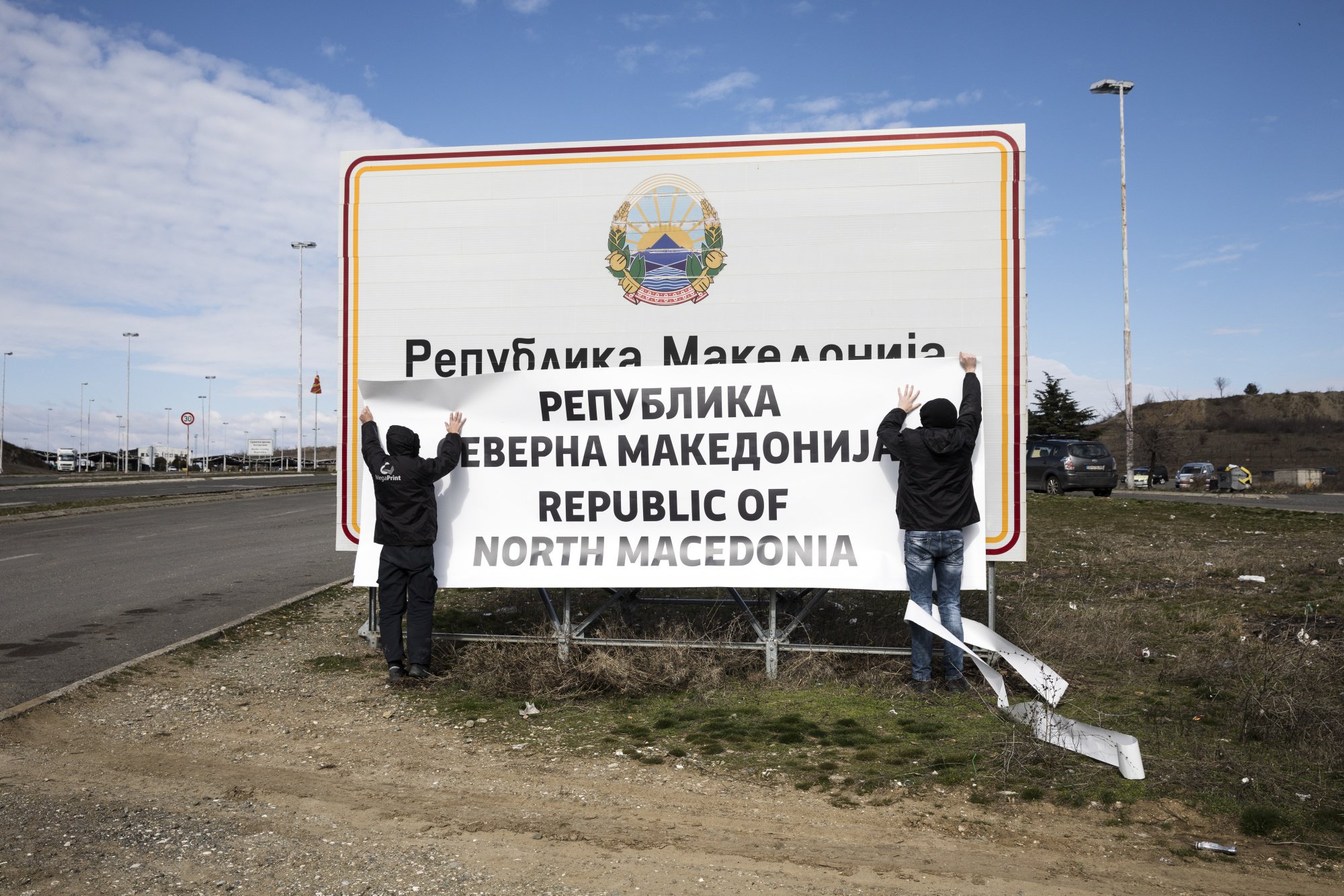#reshaping1989 From 1989 to the Prespa agreement

It was the February 14, 1992, when more than 1 million citizens gathered in the center of Thessaloniki to participate in a massive demonstration against the recognition of the name of Greece’s neighbor as “Macedonia”.
Everything started with 1989, the fall of the Berlin wall, the collapse of the communist regimes in Eastern Europe, and the dissolution of Yugoslavia in the beginning of 1990s. North Macedonia (formerly Macedonia before February 2019) declared its independence in 1991 and Greece reacted strongly to the interception of its historical and cultural heritage, with many Greeks participating in massive demonstrations in Greece and around the world.
When Greeks talk about the „demonstrations of 1992”, they mean the two large popular demonstrations that took place in Thessaloniki (February 14, 1992) and Athens (December 10, 1992) which each had more than 1 million people attending.
The demonstrations had a great impact on the decision of Greece to stop all negotiations with its neighbor. In 1993, following the recommendation of the Security Council, Macedonia was admitted, by decision of the General Assembly, to the United Nations with the provisional name "former Yugoslav Republic of Macedonia".
An agreement was reached almost 30 years later. On June 17, 2018, a document was signed in Prespa by the Foreign Ministers Mr. Kotzias and Mr. Dimitrov, and by the Personal Envoy of the UN Secretary General, Mr. Nimetz, as a witness, in the presence of the Prime Ministers of the two countries. The Prespa Agreement confirms that both countries agree on the name North Macedonia.
photo: Reuters
The project is co-financed by the European Union through the program “Europe for Citizens”.
The text reflects only the author's view and the EACEA is not responsible for any use that may be made of the information it contains.

